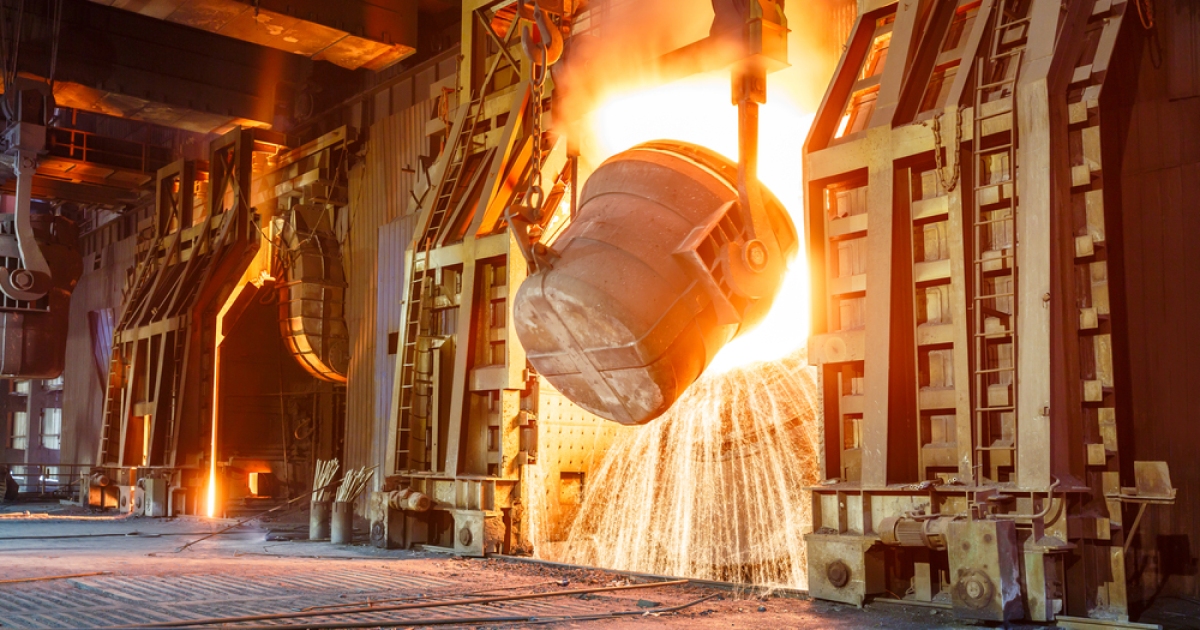India plans to produce 152 MT of steel in FY2024–2025
Ferrous
12 Jul 2024 04:18 PM IST
GMK Centre
India's steel production will increase by over 6% year on year to 152 million tonnes (MT) by the end of fiscal year 2024-25. Steel mills running blast furnaces are estimated to account for most of the projected steel production in the current fiscal year. Their growth strategies were formulated well in advance of the worldwide concern about decarbonisation.
Thus, estimations indicate that blast furnaces and oxygen furnace-box furnaces (BF-BOF) will account for 43% of the current balance, induction furnaces 35%, and electric arc furnaces (EAF) less than 22%. A 6% increase in steel output implies a 9% rise in pig iron production in FY2024/2025, to 95 MT from 87 MT in the previous fiscal year.
As the BF-BOF route will account for the lion’s share of additional steel production, the country’s iron ore demand will likely grow by 9% y/y in the current fiscal year to 255 MT. Domestic production of this raw material is expected to increase by about 10% to 305 MT in the period.
Demand for DRI (gas and coal-based) is expected to grow by 5% to 54 MT compared to the previous financial year. India’s direct reduced iron production capacity is set to increase to 68 MT by the end of FY2024/2025, with most of the output coming from secondary plants in the central and eastern parts of the country. The country’s sponge iron production in FY2023/2024 amounted to 52 MT. These volumes are expected to increase over the next few years.
At the same time, the country's demand for scrap may remain unchanged at around 32 MT compared to the previous financial year. The share of domestically produced raw materials will be 24-25 MT, with 7-8 MT expected to come from imports. BigMint predicts that its supplies from abroad will decline as local production grows.
India will stimulate iron ore beneficiation to meet the steel industry's needs and transition to environmentally friendly steel production. However, due to the country's growth in metallurgical capacities, the availability of raw materials with a higher iron content remains in question.
